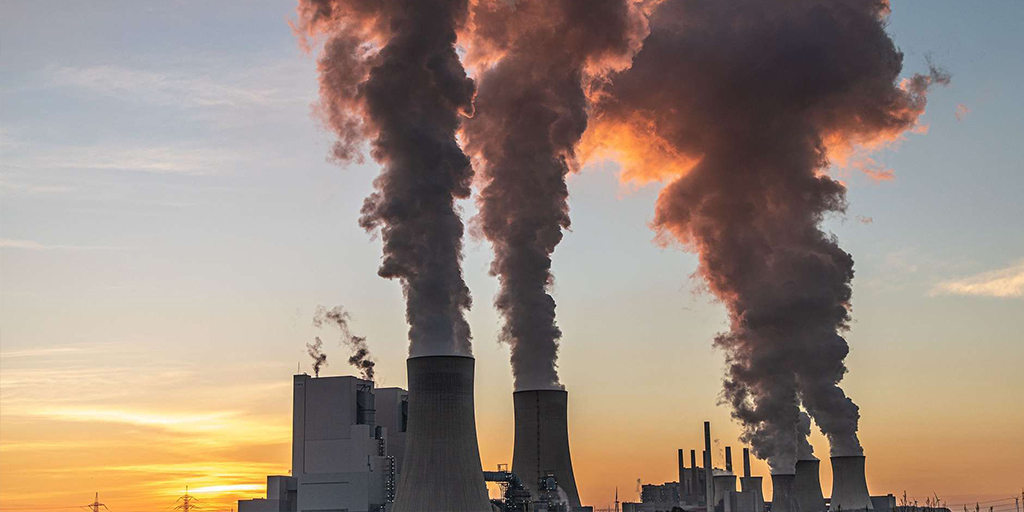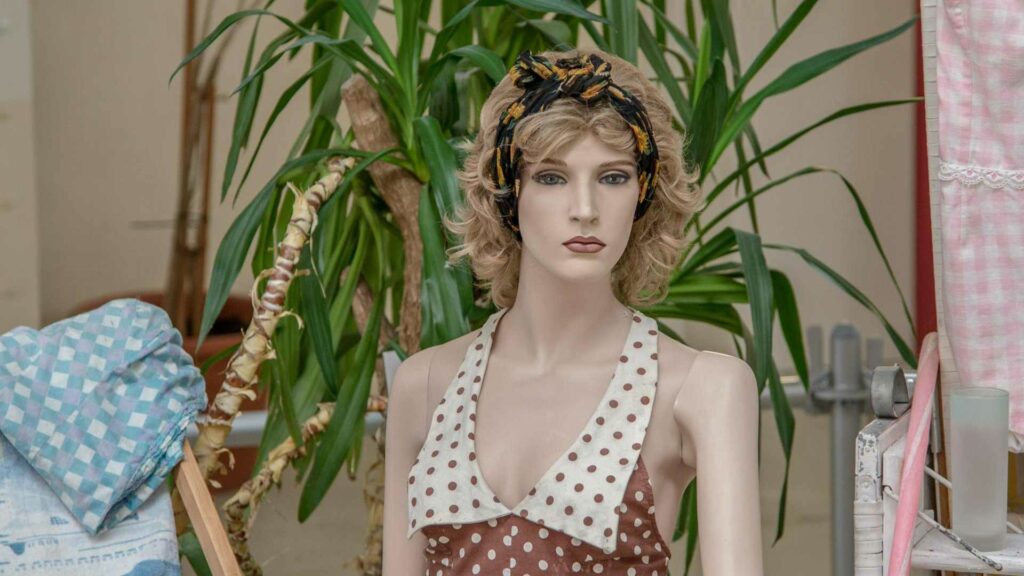What People Don’t Know About The Fashion Industry – Shocking!

What many people are not aware of is that clothing is one of the most polluting industries in the world, and that’s why consumers and brands are turning to sustainable clothing.
Did you know that it takes 3,500 plus liters of water to make one pair of jeans? That’s only one pair of jeans. What about everything else in your cupboards? According to the UNEP (United Nations Environmental Programme), the fashion industry uses about 100 billion cubic meters of water per year.
More Shocking Facts About The Fashion Industry:
Of all the wastewater around the world, more than 20% of it comes from fabric treatment which it’s the process of making the fabric softer, water resistant, or dyeing it after it loses its color. Also, according to research, the industry is responsible for more than 10% of the world’s carbon emissions. For those who don’t know, carbon emissions are what effects the planet by releasing emissions into our atmosphere, which contributes to global warming. The worse part of it all is that millions of plastic fibers are dumped into our oceans, luckily there’s a solution for all this through sustainable clothing, keep reading this article to find out how they do it.

Why People Are Switching Over To Sustainable Clothing
For those who don’t know, yet, sustainable fashion is a term used for eco-friendly clothing, meaning it is clothing that is manufactured in a way that protects the environment. The goal of sustainable fashion is to grow the eco-systems and communities by protecting our planet and animals.
Sustainable fashion brands such as GiLo Lifestyle, which also sells online, manage to do their part by sourcing used plastic bottles from our oceans and turning them into clothing. Their most common piece of clothing made from plastic bottles is their board shorts which are light and flexible.
What Are The Process Of Turning Plastic Into Shorts?
- Plastic bottles are cleaned thoroughly and stripped from any labels and caps
- The clean plastic is then processed into flakes and cleaned again
- The flakes are then turned into even smaller particles of plastic
- These smaller particles are then stretched out and transformed into yarn and woven into fabric.
Does The World Really Need Eco-Friendly Clothing?
Without a doubt it does, every fashion stylist or fashion brand can agree with this. Let’s look at some reasons why:
Less Waste Is Created Through Sustainable Fashion.
Dumping grounds are being filled with waste clothes created by fast fashion, the reason for this is that it is made from poor quality that does not last, whereas sustainable clothing brands focus on quality rather than quantity. We all know sustainable clothing has a reputation for being a bit pricey, and it is true in most cases, however, it is much higher in quality.
Reduces Carbon Emissions.
Most clothing materials are made from petroleum-based materials, and eco-friendly clothing on the other hand uses natural recycled materials. These recycled materials require very little chemical treatment and use less energy and water.
Saving Water
As I mentioned before, it takes more than 3,500 liters of water to make one pair of jeans, and about 2,000 liters to make one cotton shirt. Whereas sustainable clothing brands have water on budget policies within their industry and make use of organic materials that use little to no water usage during production.
Saving Our Animals
We all love our animals, and we wouldn’t want them to go extinct. Clothing made from leather, feathers, and wool affects our animal population on earth. In comparison, sustainable clothing brands are against animal cruelty, thus, providing us with leather and fur alternatives such as Sorona Dupont, and wool that are sourced ethically to protect our animals.

Disadvantage Of Sustainable Clothing
While the industry is still growing, it is not yet a massive mainstream industry. This has an enormous impact on consumers and their needs, meaning it does not cater to every fashion enthusiast out there with different clothing preferences. Many consumers feel that they are limited to sustainable clothing as most of them are online and don’t meet the required fashion style in some cases while being pricey.
The main difference between the two industries is the amount of waste that they produce during and after production.
The History Of Sustainable Clothing
Eco-friendly clothing was first introduced in the 1960s by the hippies targeting consumers in their late 20s and 30s, also known as the contemporary culture. This was when the world started to see the movement in sustainable clothing. The movement was then followed by the punk and goth culture of the 70s. It wasn’t until the 90s that eco-friendly clothing was made accessible to everyone due to the rise of global warming by the fast fashion industry that was introduced to the world.
Animals Used For Clothing
Each year, billions of animals suffer for fashion. Their skin is torn from them to make leather, feathers are ripped from birds’ sensitive skin, and many other animals are killed for their fur. As a result of animal cruelty in fashion, the industry is contributing to climate change, pollution, and water contamination. The sustainable clothing industry’s aim is to protect our animals and the environment by producing alternatives to leather, feather, and fur materials.
Many big fashion brands are starting to move away from animal fur materials as they began to see that vegan material that is available today is much lighter and way more superior and durable than animal-derived material.
What Makes Fast Fashion Bad Apart From Pollution
Apart from the cost to the environment, humans also have to suffer, in some cases. In some fast fashion industries, workers are exposed to dangerous environments for low wages, and without basic rights. Animals are also impacted by the toxic waste released into the water which is consumed by our marine life. While there are many disadvantages of fast fashion, and people knocking it, some retailers in the fast fashion industry are going green by introducing recycling schemes.

Conclusion
Sustainable fashion does not only provide us with eco-friendly materials but also ensures the fair treatment of laborers and animals, as well as contributes to our environment by reducing carbon emissions.


